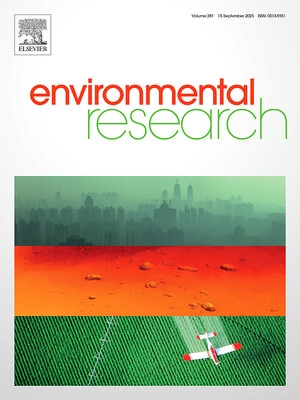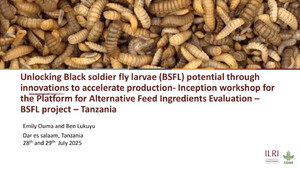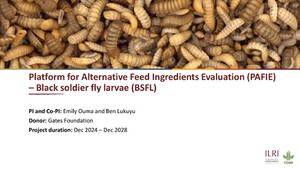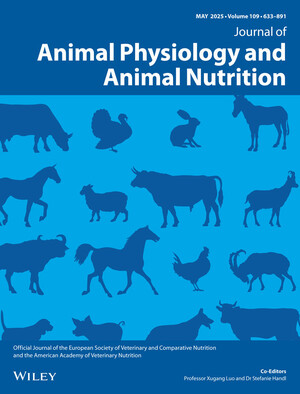
Effect of dung quantity and quality on greenhouse gas fluxes from tropical pastures in Kenya
Abstract
To improve estimates of agricultural greenhouse gas emissions in sub‐Saharan Africa, we measured over six individual periods of 25–29 days fluxes of methane (CH4), carbon dioxide (CO2), and nitrous oxide (N2O) with subdaily time resolution from dung patches of different quality (C/N ratio: 23–41) and quantity (0.5 and 1.0 kg) on a Kenyan rangeland during dry and wet seasons. Methane emissions peaked following dung application, whereas N2O and CO2 fluxes from dung patches were similar to fluxes from rangeland soils receiving no N additions. Greenhouse gas emissions scaled linearly with dung quantity during both seasons. Dung with a low (23) C/N ratio produced up to 10 times more CH4 than dung with a high (41) C/N ratio. Overall, CH4 emission factors (EFs) ranged from 0.001 to 0.042%, lower than those derived in temperate regions. Cumulative CO2 and N2O emissions were similar for all treatments across the different seasons. The N2O EF ranged from 0 to 0.01%, less than 1% of the Intergovernmental Panel on Climate Change Tier 1 default EF (2%) for N2O emissions from dung and urine patches, likely because of the low dung N content (9.7–16.5 g N kg−1 dry matter). However, these results were consistent with the updated cattle dung EF (0.2%) developed for Kenya in 2016/2017 (EF database ID# 422665). In view of the wide range of climates, soils, and management practices across sub‐Saharan Africa, development of robust GHG EFs from dung patches for SSA requires additional studies.
Citation
Zhu, Y., Merbold, L., Pelster, D., Diaz-Pines, E., Wanyama, G.N and Butterbach-Bahl, K. 2018. Effect of dung quantity and quality on greenhouse gas fluxes from tropical pastures in Kenya. Global Biogeochemical Cycles 32(10):1589-1604.










